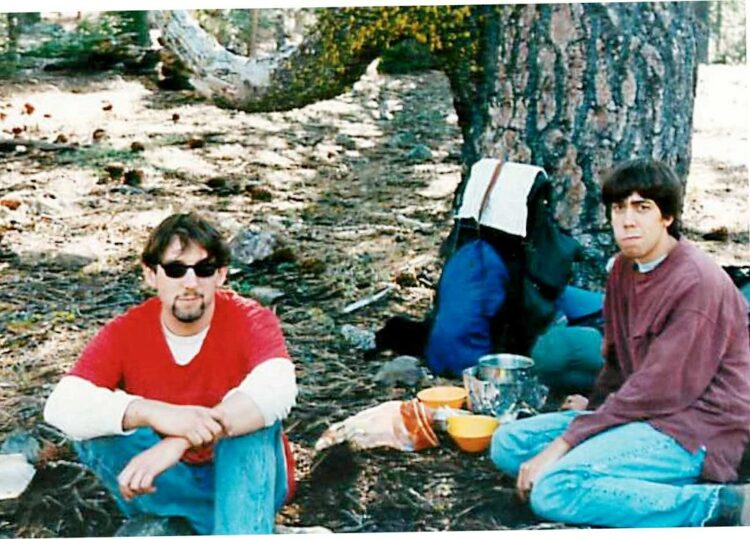
If you lived through the ’90s, you likely remember feeling like the world was incredibly advanced. We had the internet, cable TV with hundreds of channels, and every movie you wanted on VHS. We did a lot of research and found many people sharing their experiences about how things from the ’90s have changed. Here are 25 things about the ’90s that are so different from today.
No Internet Access

Everything happens online with high-speed internet these days—but back when ’90s kids were growing up, the internet was just starting out. It wasn’t central to everything, and if your mom needed to use the phone, you had to log off the dial-up internet and find something else to do for an hour or more. There was no Google or YouTube to easily find information or entertainment.
Celebrities Endorsing Products on TV

In the ’90s, before everyone had internet access—leaked videos of major celebrities selling toothpaste or other products in far-off places like East Asia would occasionally surface. It seemed very scandalous and embarrassing for them when this happened. Today, it’s totally normal to see major celebrities promoting products on TV or online. Big brands now pay millions of dollars to celebs for these endorsements.
Using Libraries for Research

In the ’90s, if you wanted to learn something new, you had to visit the library and search through reference books. You had to be okay with the possibility that these books might be outdated, wrong, or not have what you needed. Nowadays—for academic purposes—you can find all the correct information you need on Google Scholar.
Easy Airport Security Checks
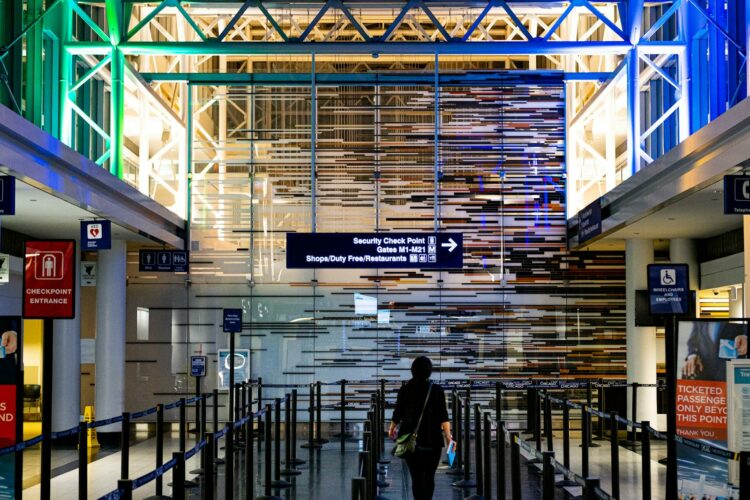
In the ’90s, airport security was a breeze. You could greet your family right at their gate. You didn’t need to arrive hours early to go through security, and you could keep your shoes on and carry your drinks and lotion with you. Nowadays, airport security is stricter because it’s focused on preventing hijackings, drug smuggling, and terrorism—which are more common concerns today.
Popular TV Shows with Huge Audiences
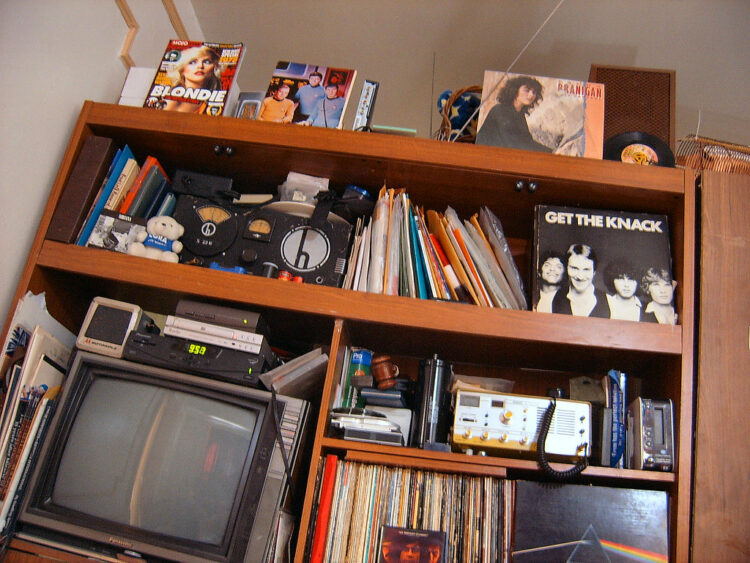
Back in the ’90s, TV didn’t offer the wide range of shows we have today, even with cable. Most people watched the same popular shows, leading to huge viewer numbers. It wasn’t uncommon for top shows to have over 20 million viewers. Even shows with relatively low viewership then would be seen as successful or big by today’s standards.
Bulky 32-inch Tube TVs
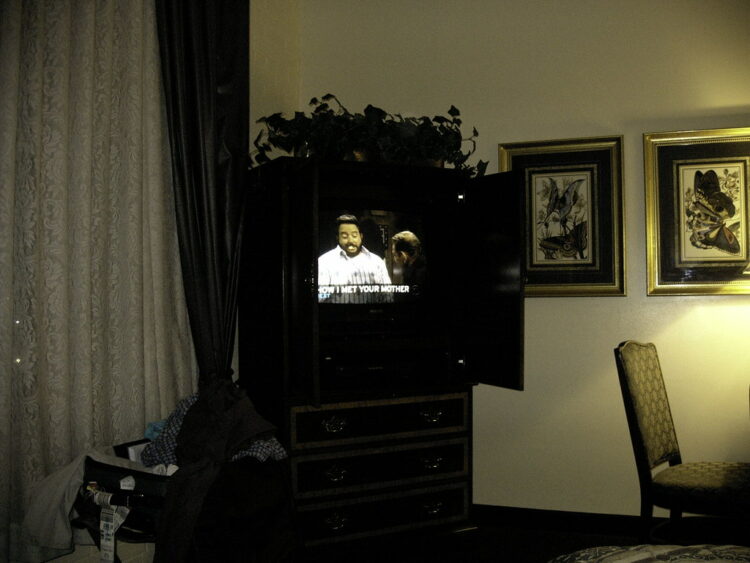
In the ’90s, 32-inch tube TVs were considered top-notch. They weighed a hefty 125 lbs and were cumbersome to move around. Compared to today’s smart TVs, their picture quality was blurry. Nowadays, smart TVs feature sleek interfaces designed to be user-friendly and make finding content more accessible. You can use them for gaming, streaming videos, checking social media, and even skyping with family who didn’t invite you to Bali—and, of course, watching TV.
Hassles of Landline Phone Calls
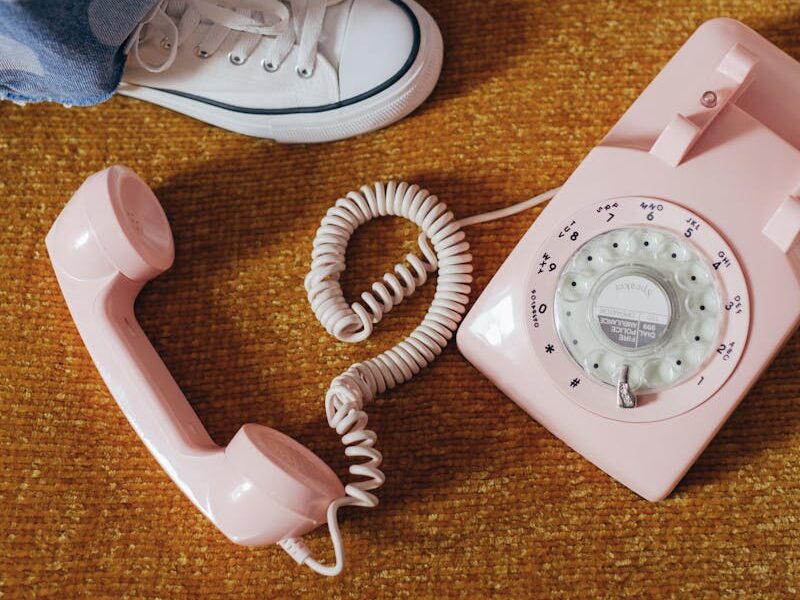
In the ’90s, using landline phones meant you could pick up and find out it wasn’t even for you but someone asking to speak to your parents or siblings. This was super frustrating back then. Remembering phone numbers or keeping a list handy was another hassle. These days, contact profiles on mobile phones have made all of that much easier and less necessary.
Reliance on Phone Books
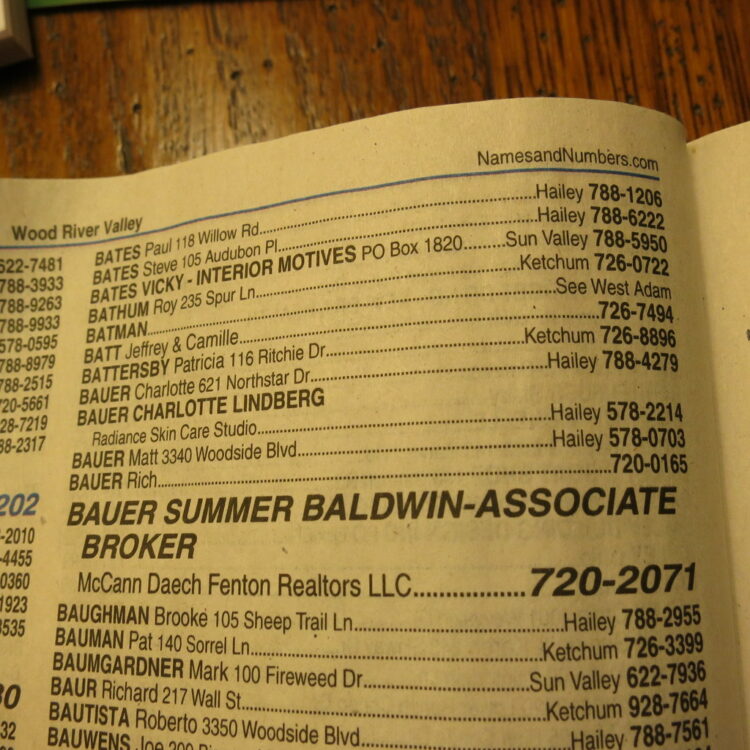
In the ’90s, having the yellow pages and the white pages was essential, and you used them regularly. If someone suggested a great restaurant and you wanted to order takeout, you’d grab the white pages to find their number. If the restaurant wasn’t listed or you had an outdated copy, you were out of luck.
Travel Booking Before Online Platforms
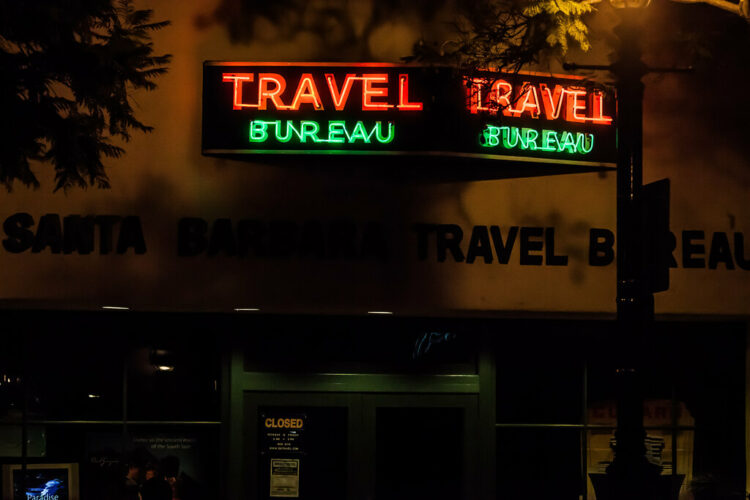
In the ’90s, you couldn’t just book flights or hotels online. You had to visit a travel agent who would take care of all the bookings for your trip. Nowadays, you can plan your entire trip right from your sofa. Apps like Tripadvisor and Hotels.com help you find cheap flights and vacation homes and discover the best travel destinations—all from your phone.
Complex Process of Watching Movies

Watching a movie in the ’90s was quite a process. First, you had to get home and check the newspaper for showtimes. Then, you needed to call your friends individually to check who wanted to go and when they were available. After that, you had to call them all again to confirm the plan. You would then meet at the cinema at a specific time and place, and finally—enjoy the movie.
Challenges of Film Photography
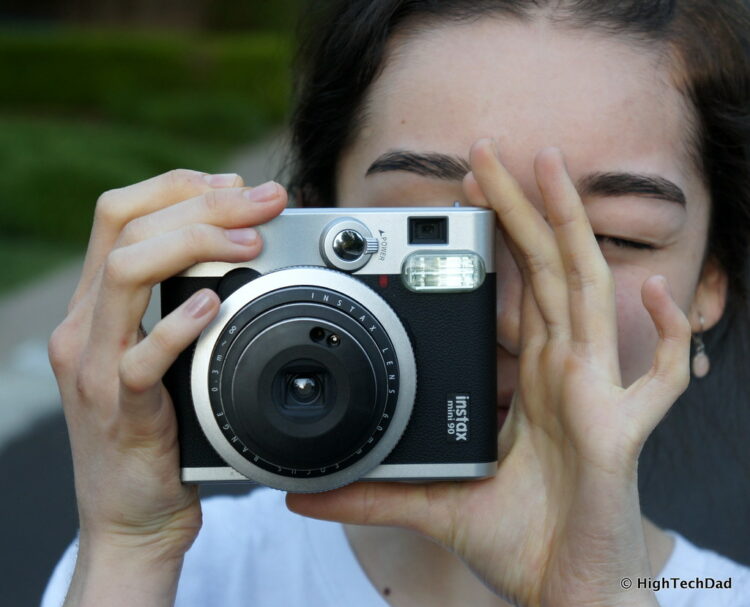
Taking pictures and developing them was a regular activity in the ’90s. Many photos ended up with someone’s thumb in the way or being super blurry—there was no way to know until they were developed. Nowadays, you can see the photo instantly after taking it, which is much quicker. However, developing photos today is very expensive, and it’s rare to find places that still offer the service.
Navigating Without GPS
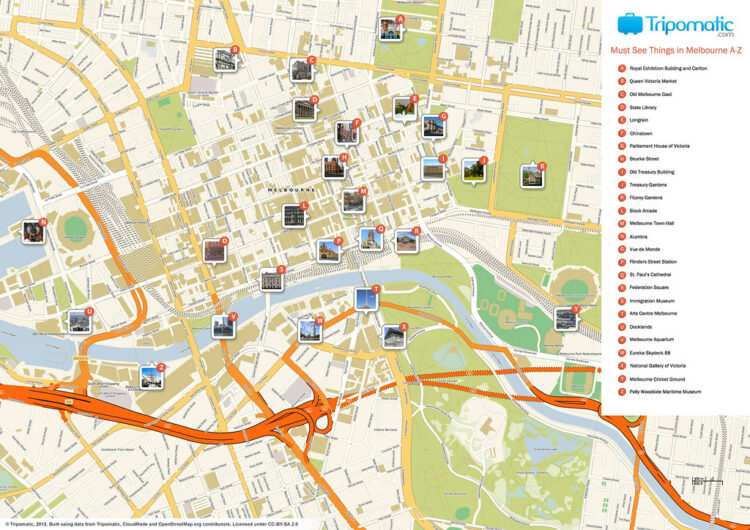
Back in the day, people learned to give directions early on because you couldn’t simply type an address into a phone or computer to find your way. If you needed to locate a new business, you’d search the yellow pages, make a call, and someone would guide you there. Now, Google Maps has revolutionized navigation entirely.
TV Commercial Breaks
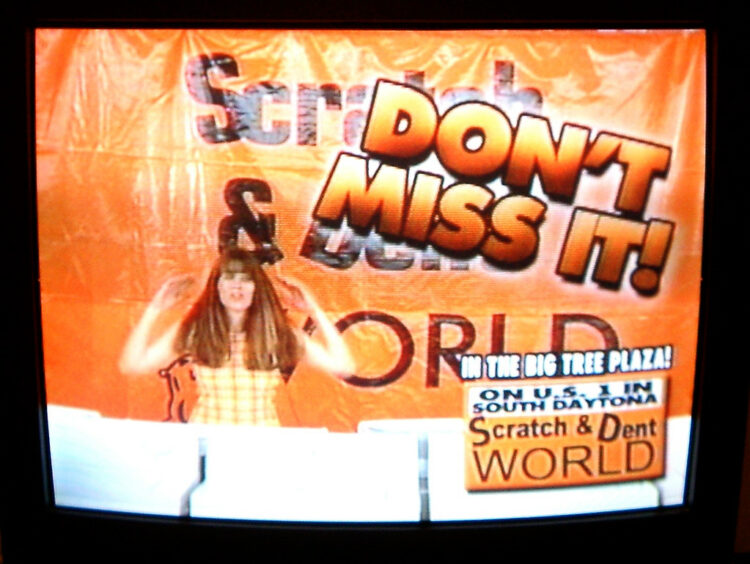
These days, kids might not understand what a TV commercial break is because they’ve grown up watching movies or streaming Netflix. YouTube does have ads, but you can often skip them. However, back in the ’90s—commercial breaks were a regular part of TV viewing. They typically lasted about 2 to 3 minutes, during which several advertisements were shown to viewers.
Delayed Movie Releases

In the ’90s, after a movie premiered in theaters, you usually had to wait six months to a year before it was available on VHS. It took even longer—about another year before you could catch it on TV. Nowadays, movies are released on platforms like Netflix and Prime, so you can watch them from home right after they come out. Within 3-4 months, these same movies are also available on TV for viewing.
Buying Music Albums
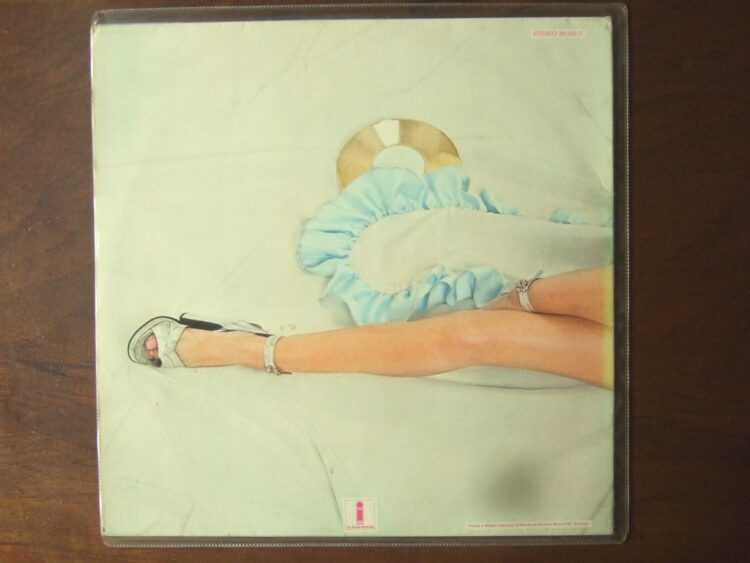
Another typical thing from the ’90s was begging your parents to buy the latest album from your favorite artist on a Tuesday afternoon. That’s because music didn’t release on Fridays like it does today. You also waited eagerly for world premieres of new music videos on TRL. Back then, you couldn’t just pull it up on YouTube or Spotify whenever you wanted. Entertainment wasn’t as easily accessible at all times as it is now!
Planning Meetup Spots
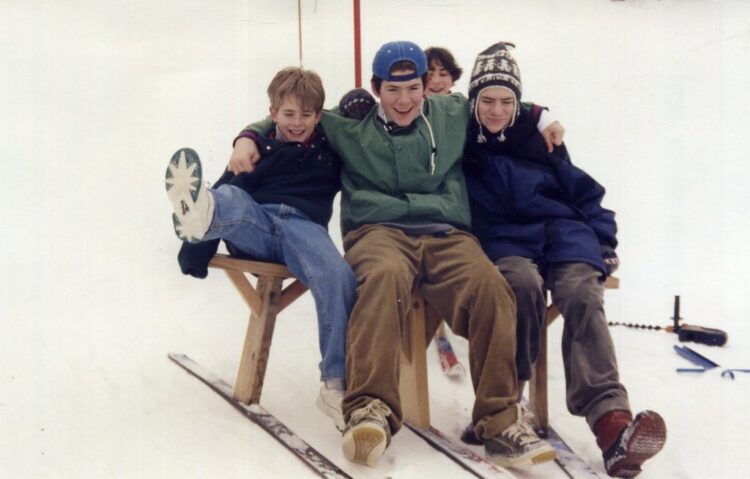
In the ’90s, when going out, you had to plan designated meet-up spots. You always needed to agree on a specific time and place in case you got separated or wanted to explore different areas. There were no cell phone group chats to check in with, so it was all about deciding things like “meet at the food court at 2 p.m.” Not finding your friends at the agreed spot could turn into an absolute nightmare.
Using Payphones
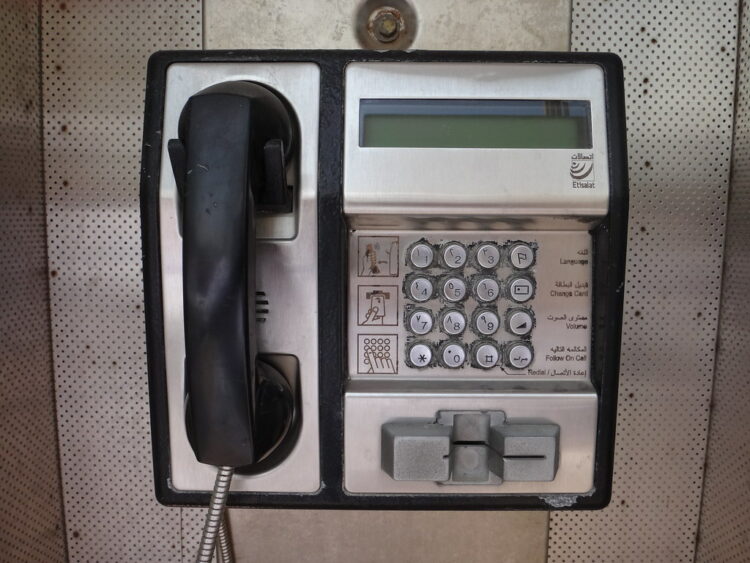
Back in the ’90s, since most people didn’t have cell phones, carrying extra change was essential in case you needed to make a call. If you found yourself in an unfamiliar place and knew you might need to make a call, you would scout out nearby pay phones and remember where they were located.
Finding Money on the Ground
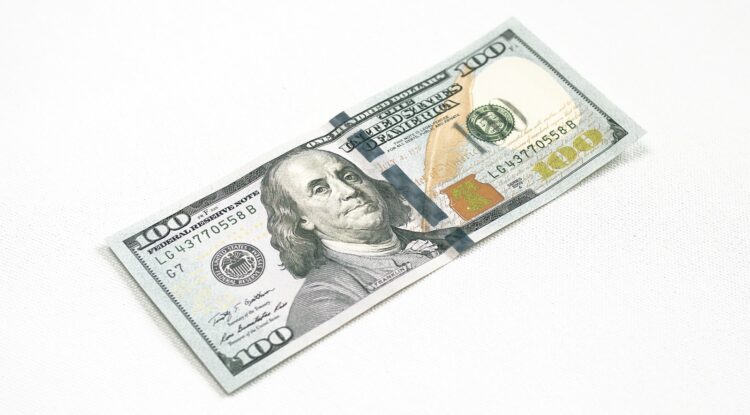
Finding money on the ground is becoming increasingly rare as everything moves to digital transactions. However, back in the ’90s—it was quite common. People would watch the ground while walking and often find $5 or $10 lying around. This was because digital currency wasn’t as prevalent then. People would even have wallets designed to prevent money from slipping out easily.
Uncertain Locations of Friends and Family
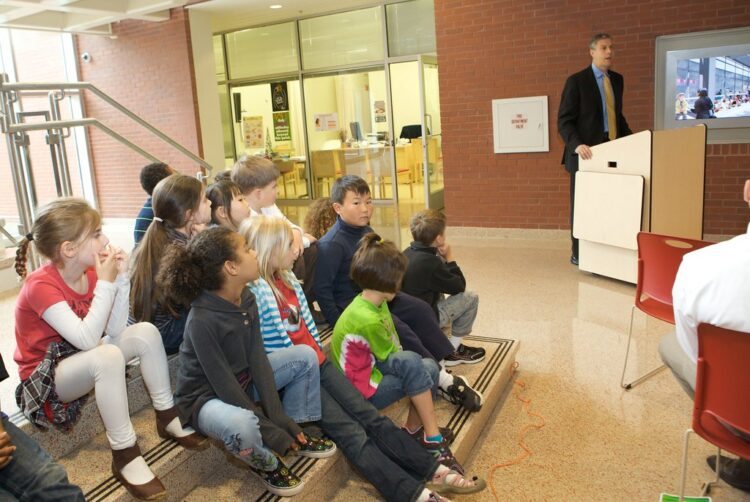
Another common thing from the ’90s was never knowing where anyone was at any given time. If your friend was absent from school, you had to wait until you got back home to call them and find out why. If your parents were out running errands—you had no clue where they were or when they would be back.
Unexpected Visits to Friends’ Homes
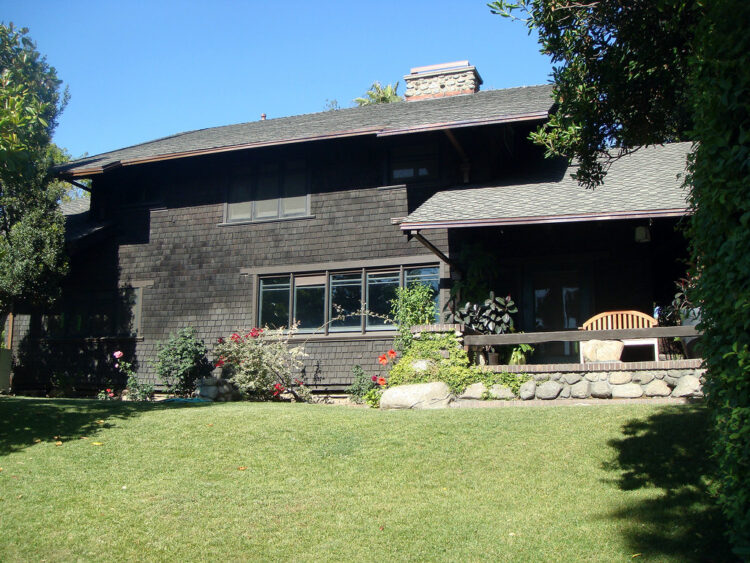
In the ’90s, it was perfectly normal to drop by someone’s house unannounced if you were in the area and wanted to say hello. It was seen as making an effort to connect with people. Today, however, it’s generally not considered appropriate to show up without giving notice beforehand unless you’ve already checked with your host. While you might think of it as spontaneous and enjoyable—your host might find it inconvenient.
Use of Pagers

During the 1990s, pagers gained popularity as a more affordable, compact, and dependable option compared to mobile phones. By 1994, pagers reached their peak with 61 million users, though today, they are largely considered obsolete technology. However, pagers continue to be used by groups such as public safety and healthcare professionals—who have embraced them since their earliest versions.
Caring for Digital Pets
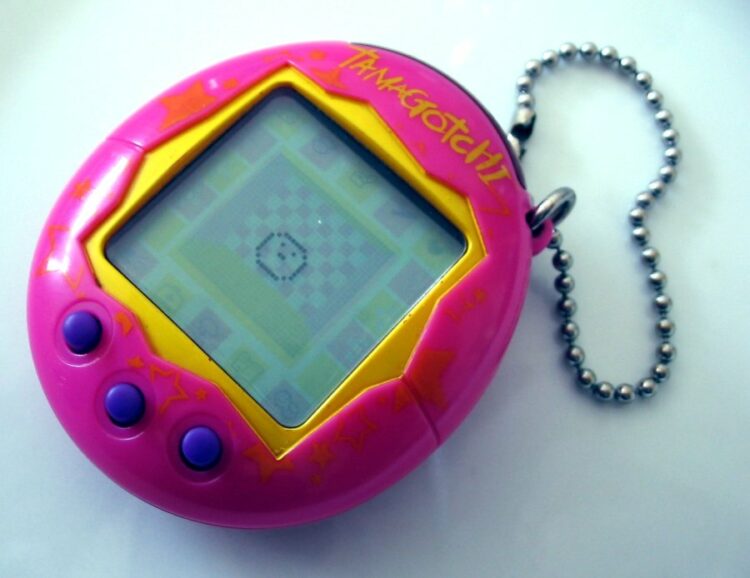
In the later years of the ’90s, the handheld digital pet—Tamagotchi, was a widespread phenomenon. It became fashionable and somewhat practical as a way to simulate caring for a real pet. More than 76 million Tamagotchis were sold worldwide during that decade. Today, virtual pets have made a full circle, beginning as standalone handheld devices and now reappearing as smartphone apps.
Barbie Dream House as a Top Toy
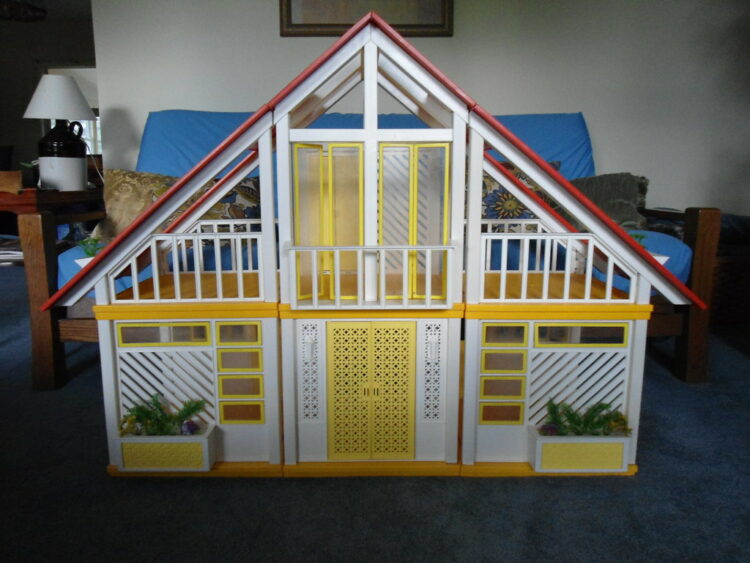
Since Barbie first arrived in America in 1959, children across the country have been living their dreams through this iconic doll. Whether dressing her up in fabulous outfits or decking out her luxurious Dream Home—Barbie has captured imaginations for decades. In the ’90s, girls could not only buy Barbie her own house but also furnish it with stylish home decor.
Popularity of Fruit Roll-Ups
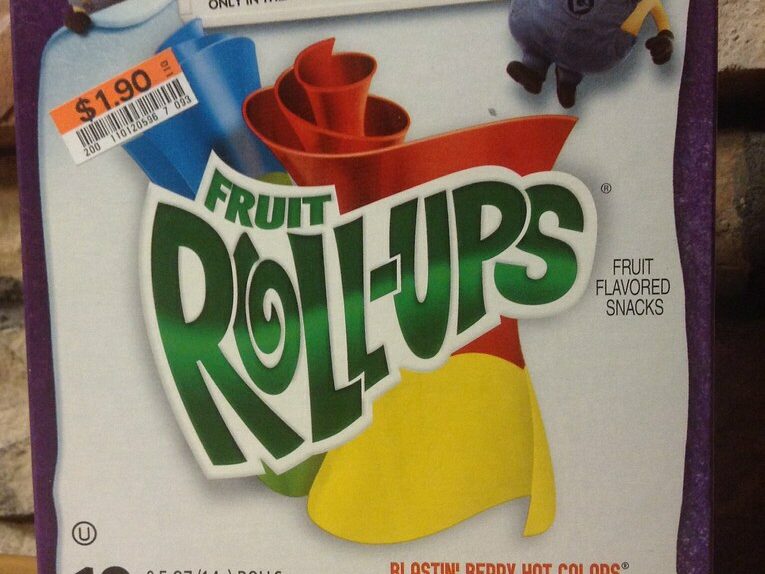
Fruit Roll-Ups first hit grocery store shelves in 1983 and quickly became a favorite snack in the 1990s for both children and adults. During that time, they even included temporary tattoos for the tongue—which was a big trend for a while. Sales declined after a lawsuit in 2011 challenged the product’s claims of being healthy because of its fruit content. However, Fruit Roll-Ups are gaining popularity again, especially among Gen Z—thanks to a new TikTok trend.
Nokia Phones in the ’90s
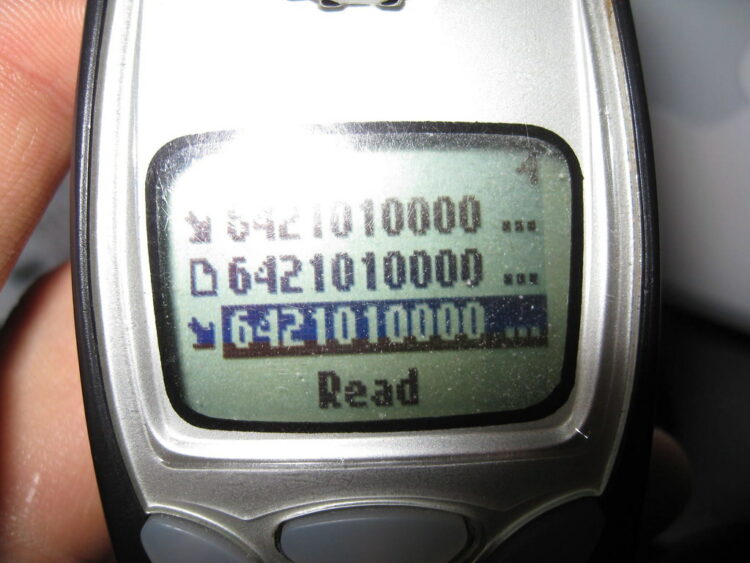
Even though it didn’t hit the market until 1999, the Nokia 3210 became the first cell phone for many millennials. In its initial years (until newer versions were released), the Nokia 3210 sold over 150 million units, which was quite remarkable for its time. Nowadays, people tend to prefer brands like Apple or Samsung over Nokia.

